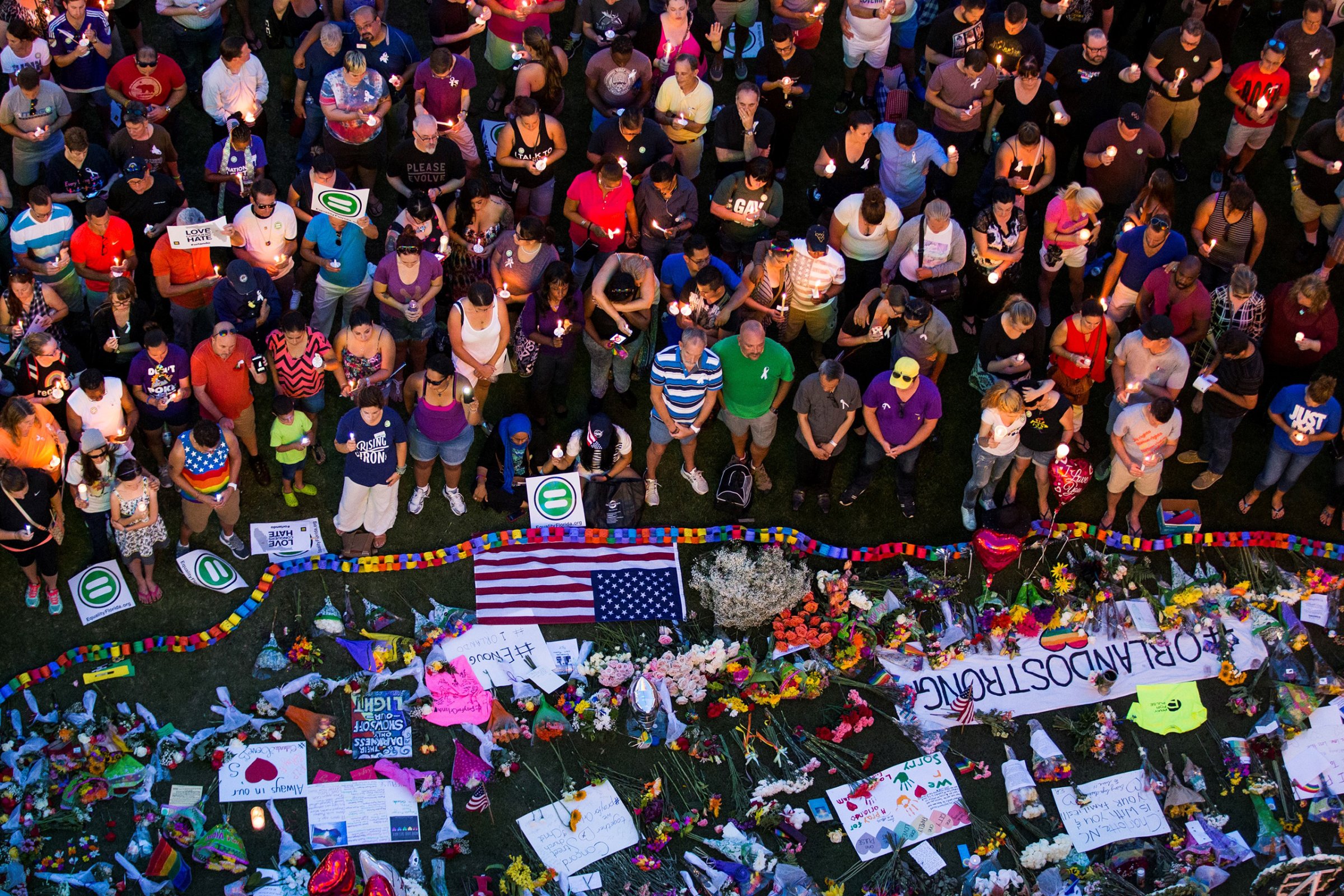
Correction appended, June 15
The formula may seem the same: An armed assailant shoots into a crowd. The news spreads, detail by detail. Law enforcement begins an investigation. Public officials tweet their prayers. The shooter is named. We speculate on motive. We assign blame. We debate gun control. We debate mental health care. We debate national security. We define, and redefine, “terrorism” and “hate crime.” The President makes a speech. We mourn.
And we remember the last time we felt this way. The last betrayal of our sense of safety in America. The last time we drew upon our emotional outrage to make political arguments. The last time we sent our thoughts and prayers to the families of the victims. It was never that long ago, the last time.
In the aftermath, it’s easy to feel like we’re repeating an endless loop of senseless tragedy. But it’s a mistake.
The deadliest mass shooting in American history should not feel routine.
During President Obama’s time in office, he has made at least 16 addresses in response to shootings. On Sunday, he spoke in response to the shooting at the Pulse nightclub in Orlando that killed 49 victims:
First of all, our hearts go out to the families of those who have been killed. Our prayers go to those who have been wounded. This is a devastating attack on all Americans. It is one that is particularly painful for the people of Orlando, but I think we all recognize that this could have happened anywhere in this country.
It’s hard not to make comparisons, to categorize. ISIS claimed responsibility for the Orlando shooting; the San Bernardino shooters were supporters of the terrorist group. The Orlando shooter used a semi-automatic rifle similar to the AR-15 one the Newtown shooter wielded. The Orlando shooter specifically targeted the LGBT community at a known gay club; the Charleston shooter specifically targeted African Americans at the Emanuel African Methodist Episcopal Church.
For law enforcement, it makes sense to connect dots and learn lessons. For politicians, it makes sense to draw conclusions and inspire policy.
But for all of us, as human beings witnessing such carnage?
Observing so many tragedies could give us what psychologists call “compassion fatigue.” As Joan Cook wrote for TIME following the shooting in San Bernardino last year: “Tuning in to these horrific atrocities so often, we have begun to tune out.”
When we zoom out and over-analyze, we risk numbing ourselves to the reality of each new, nuanced tragedy. When we lump these shootings together in our minds, solving the problem of mass shootings in America begins to feel like an impossible task. Then, worse, an ignorable one.
We must remember that each mass shooting is its own tragedy, with its own circumstances and its own victims.
Scenes From the Tragic Aftermath of the Orlando Pulse Nightclub Shooting
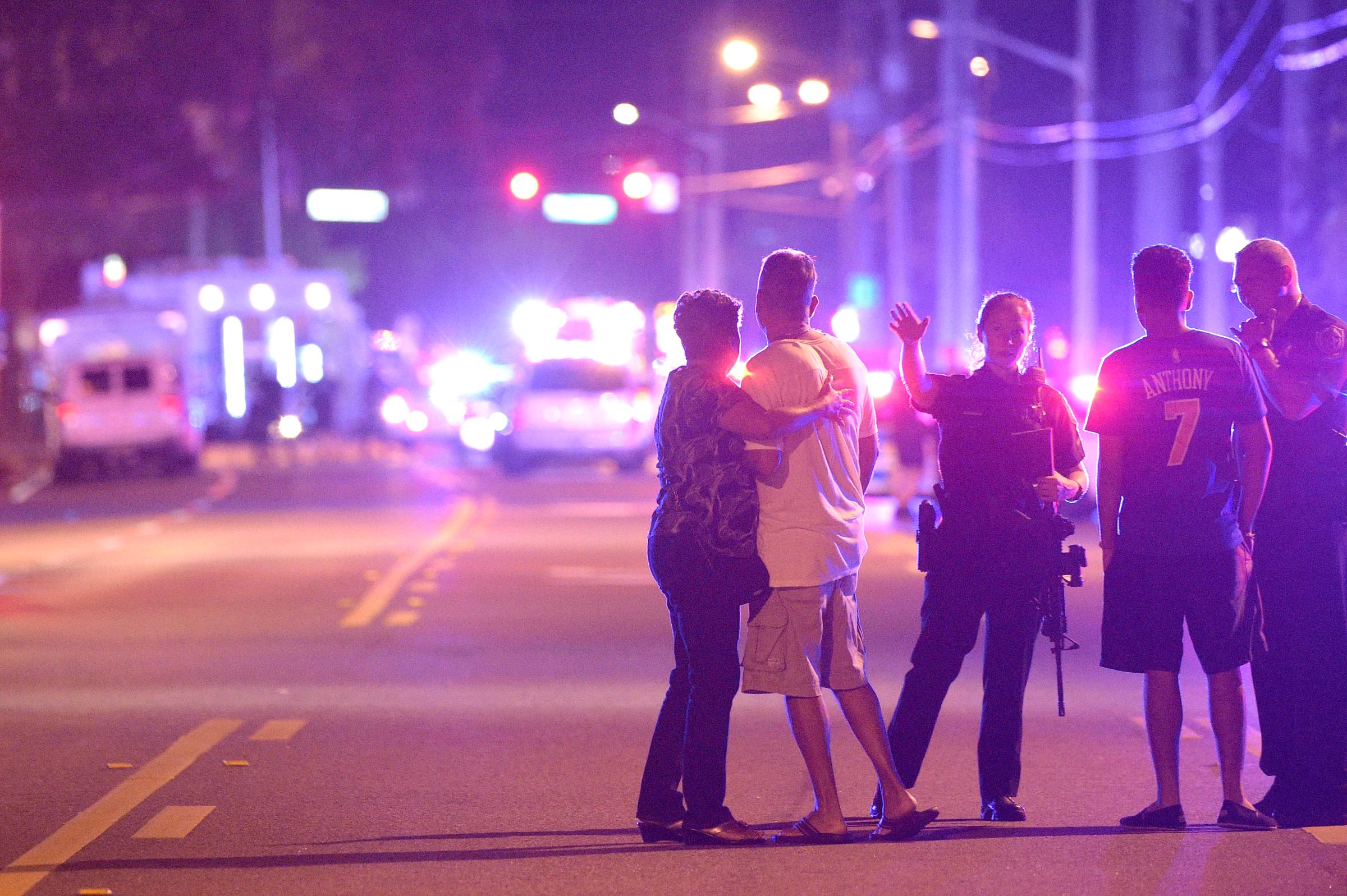
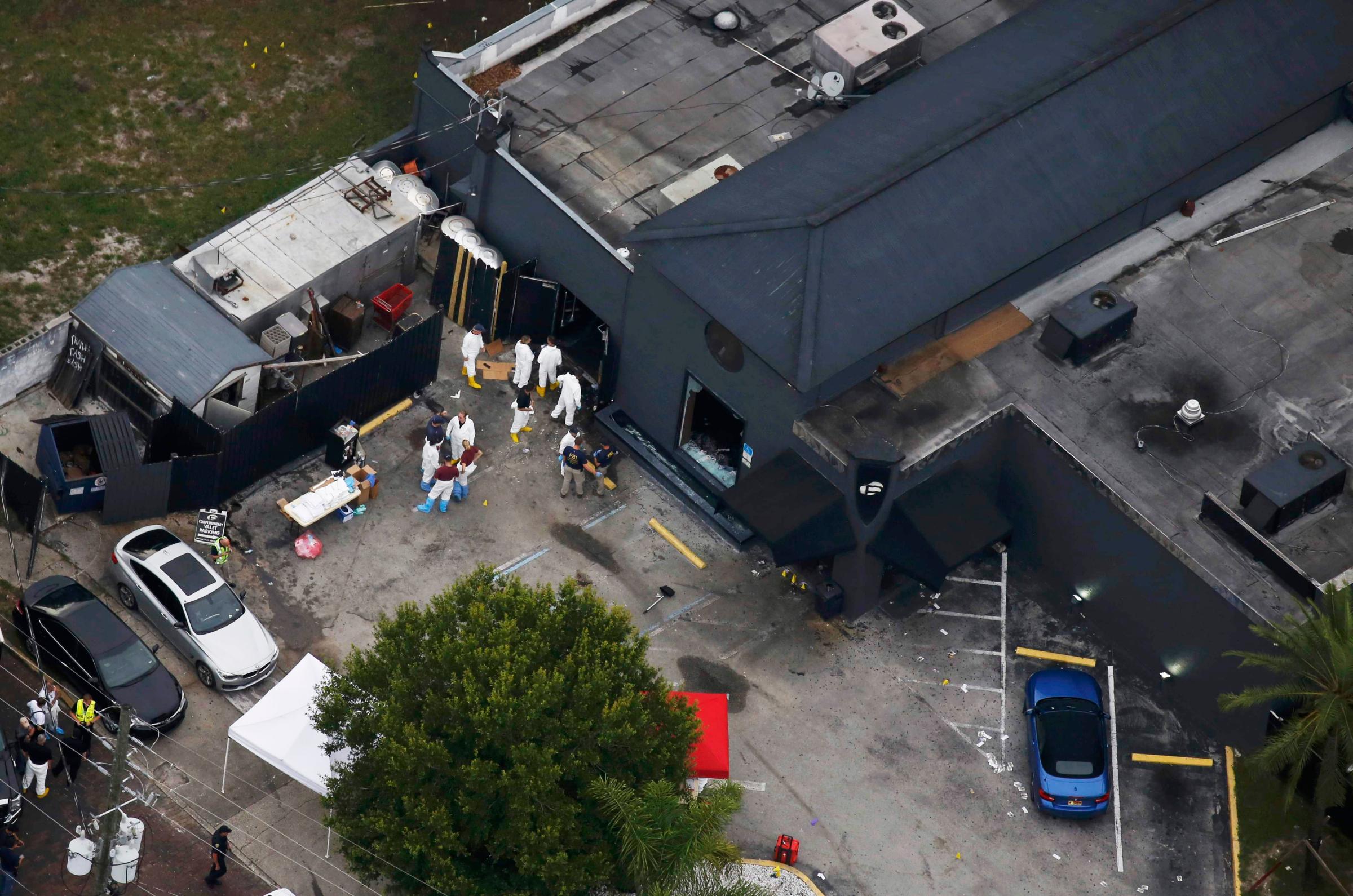
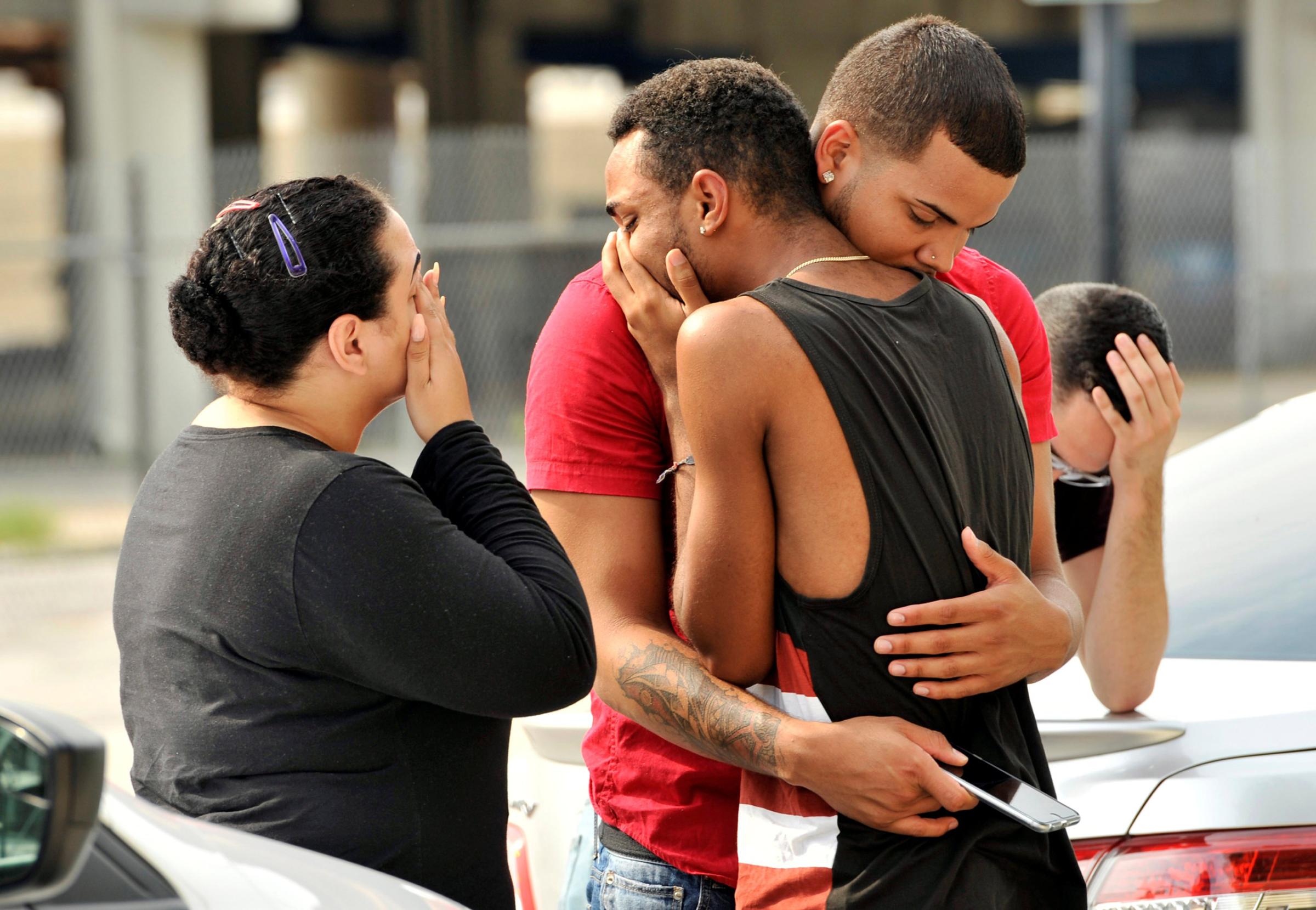
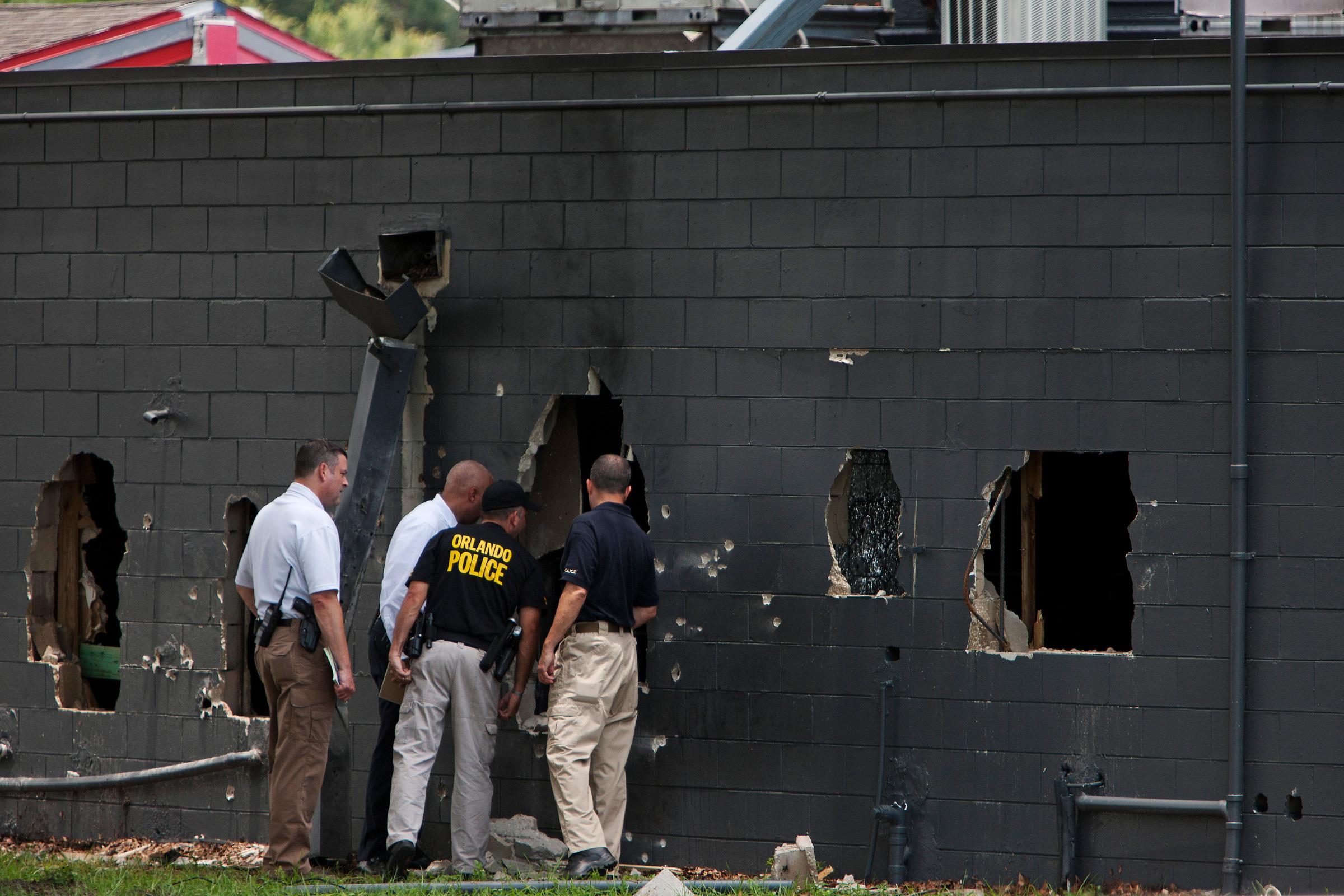
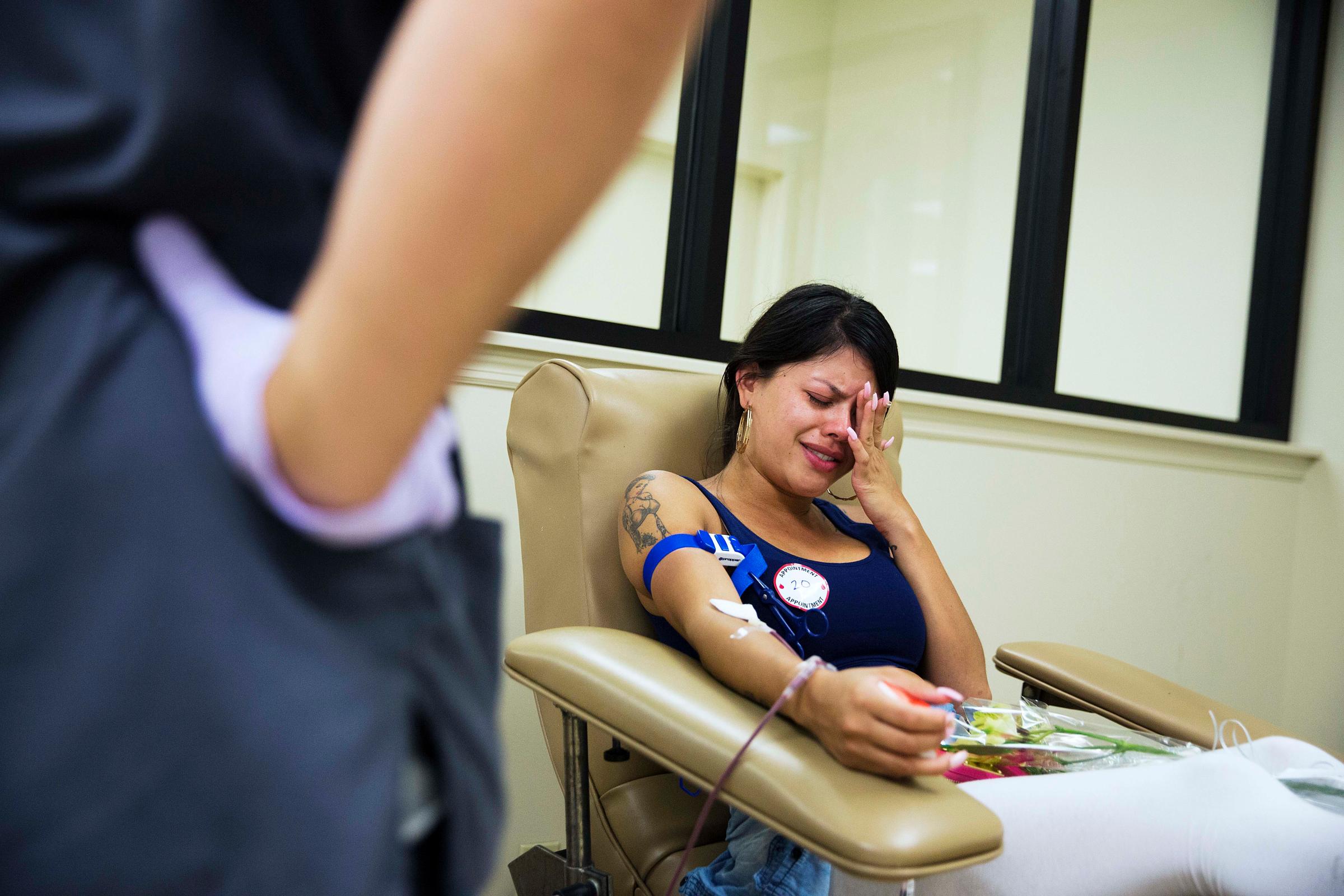
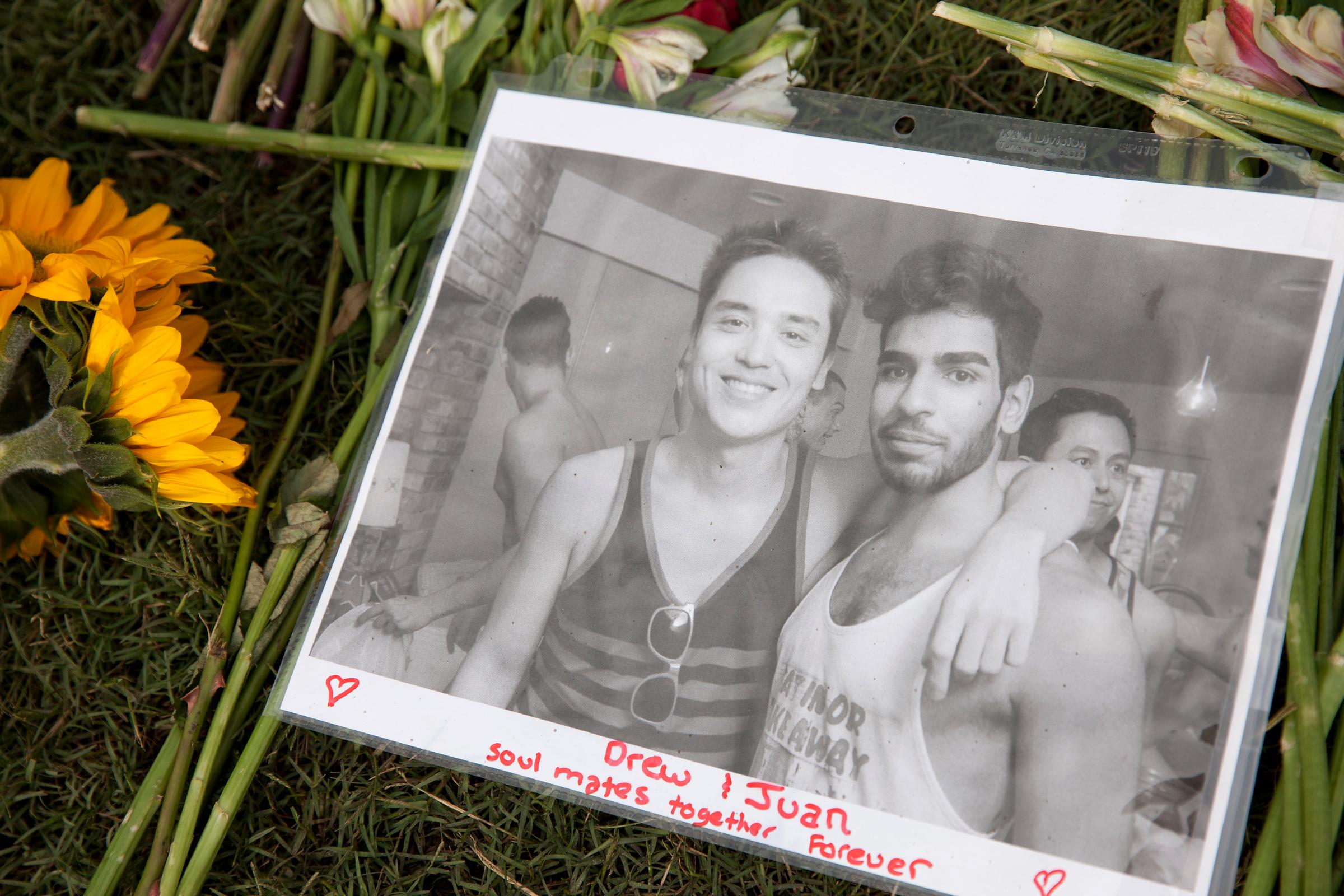
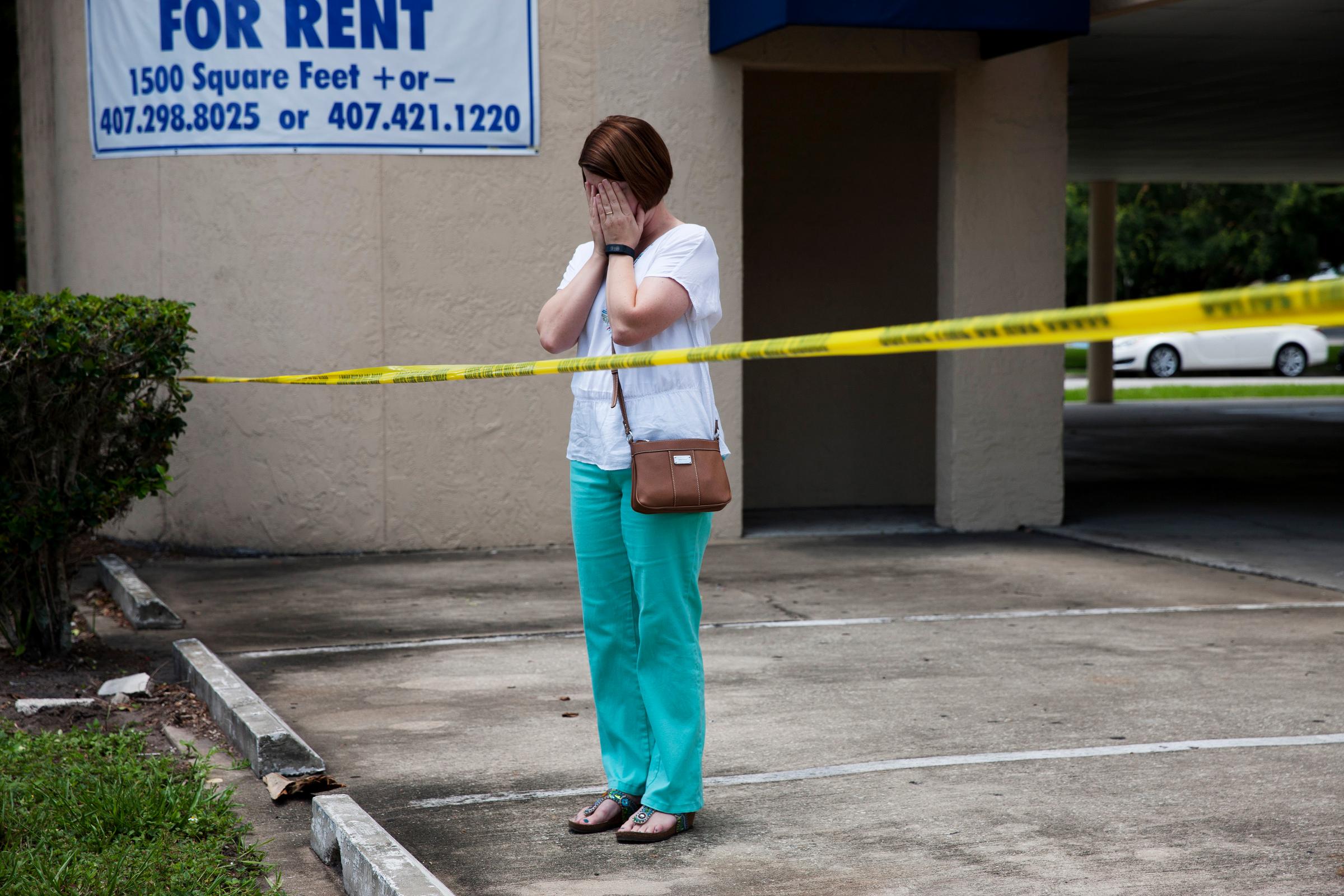
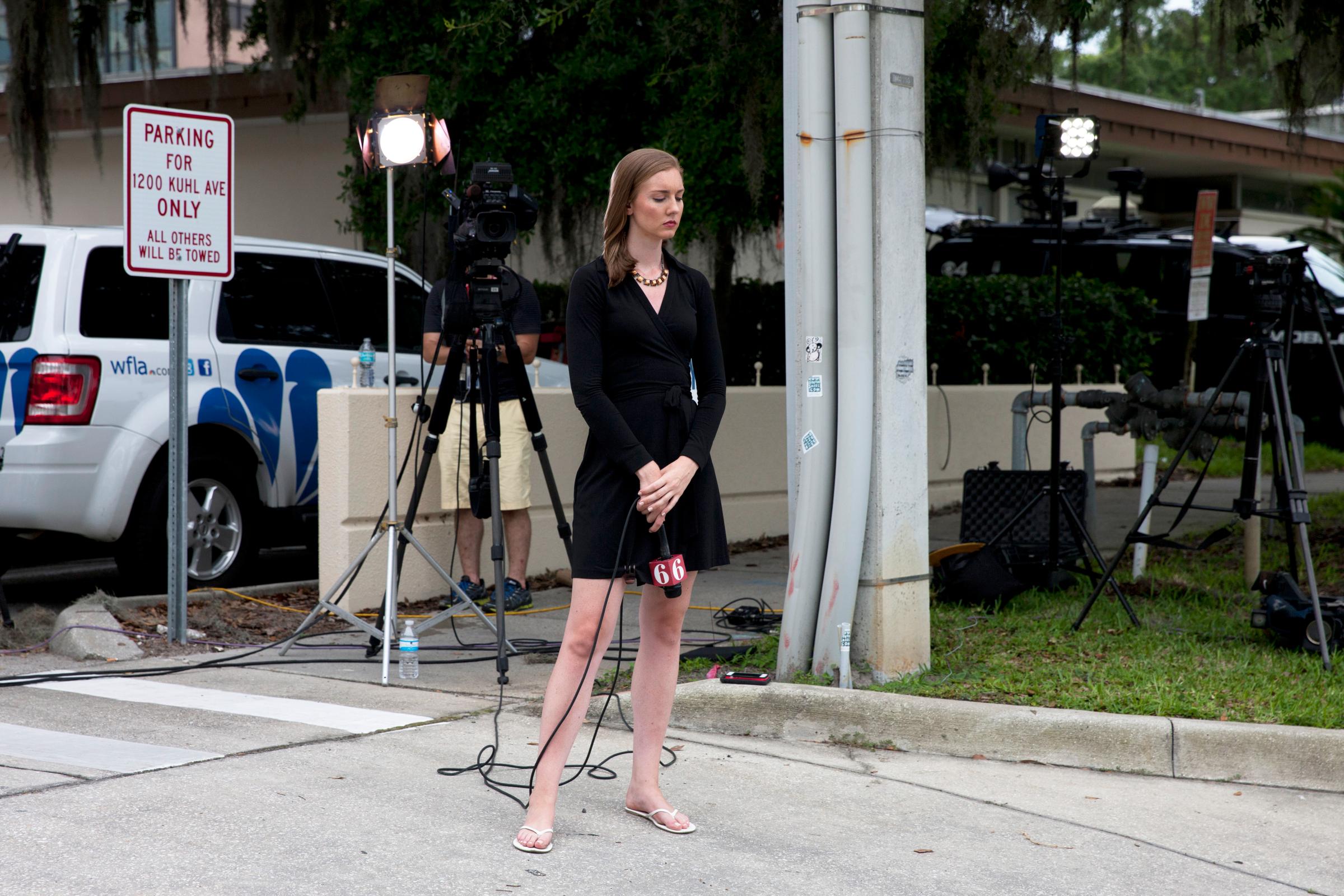
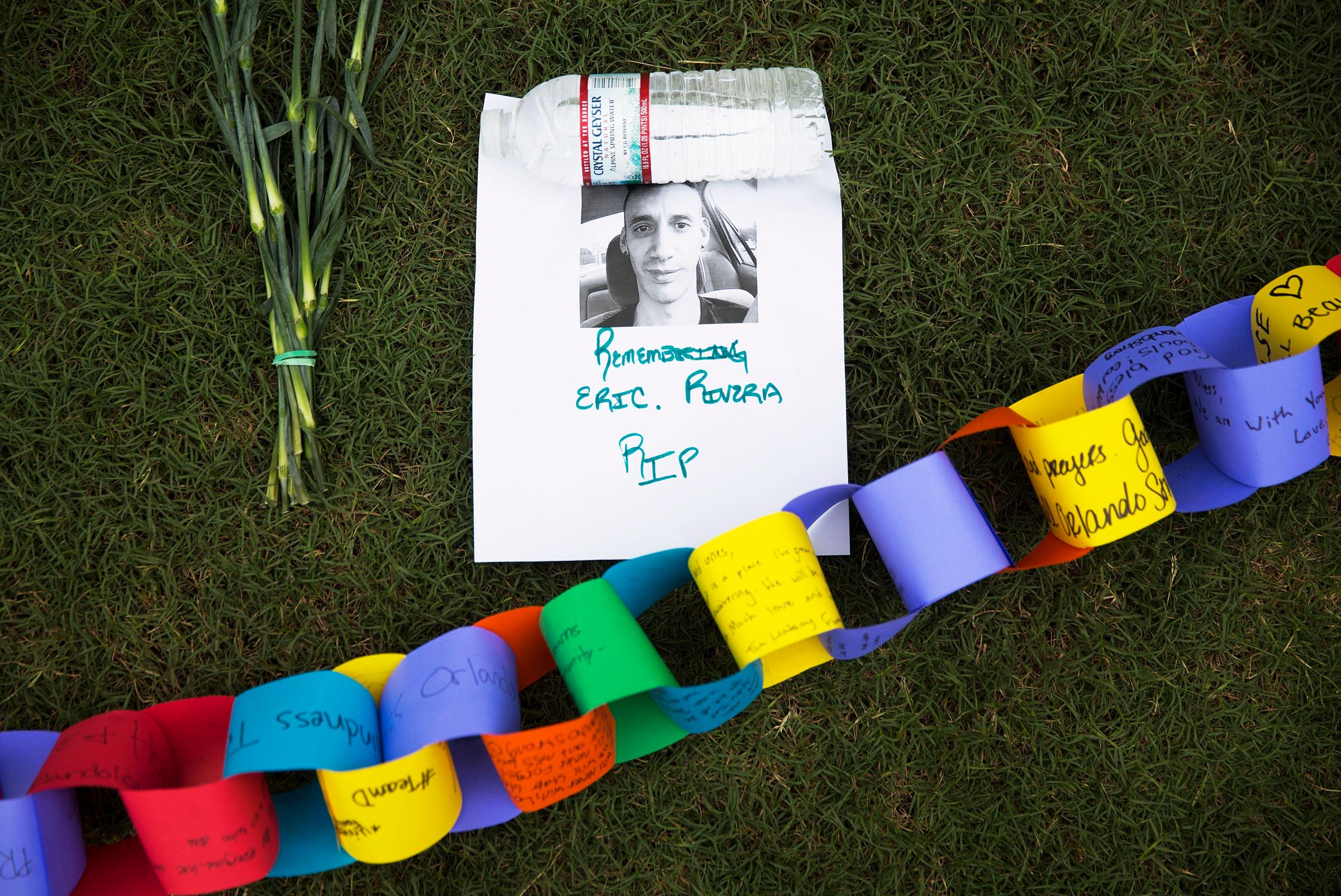
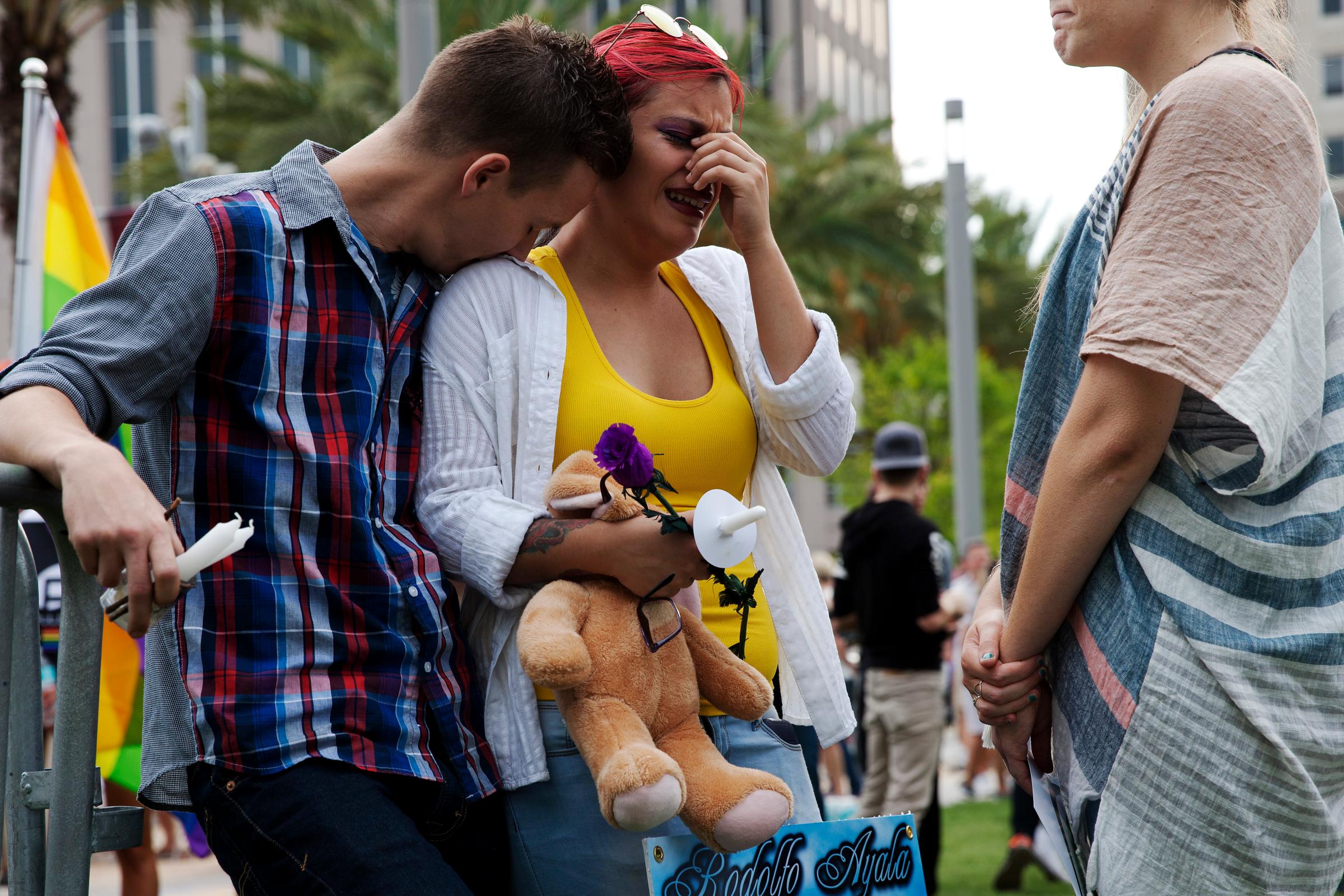
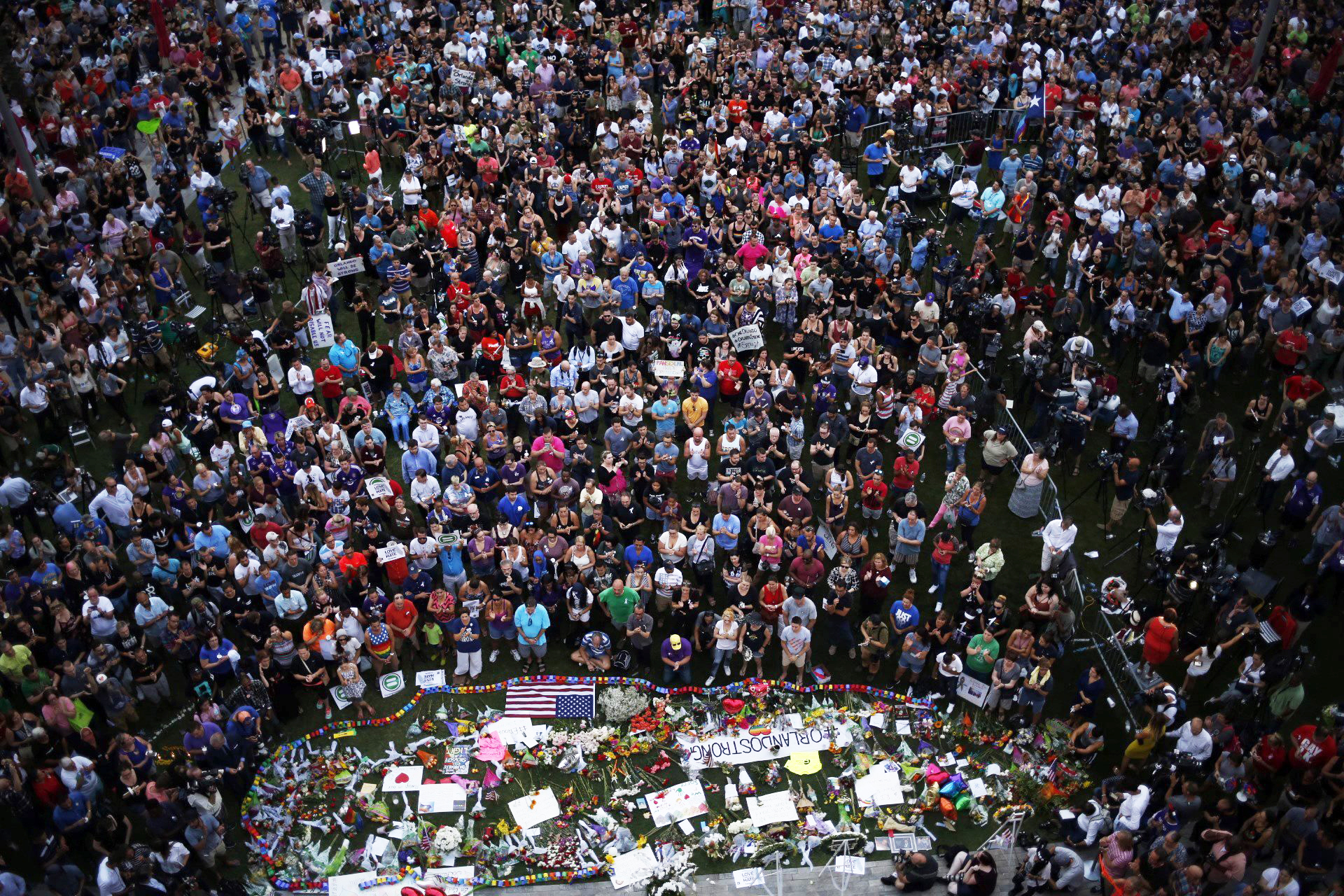
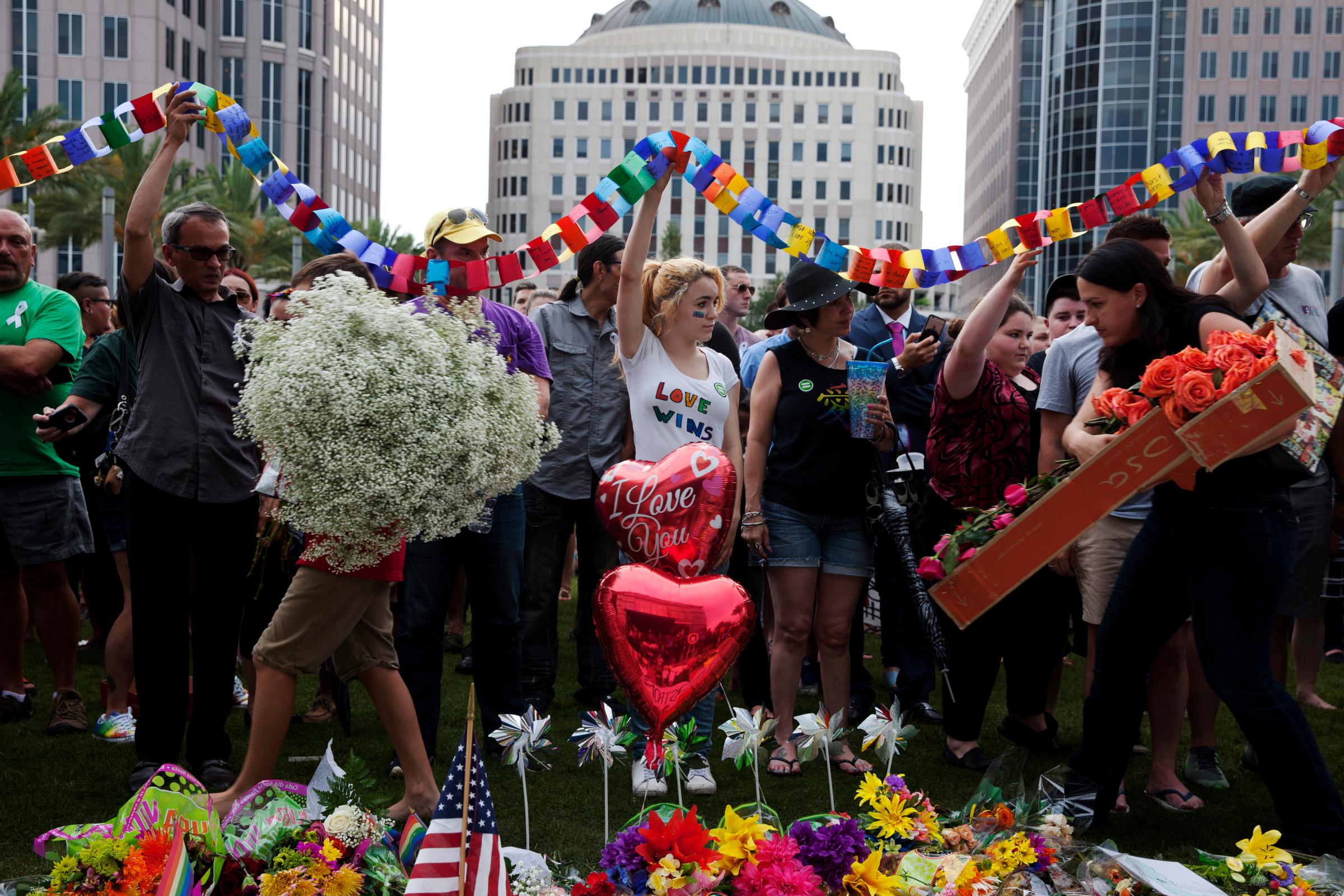
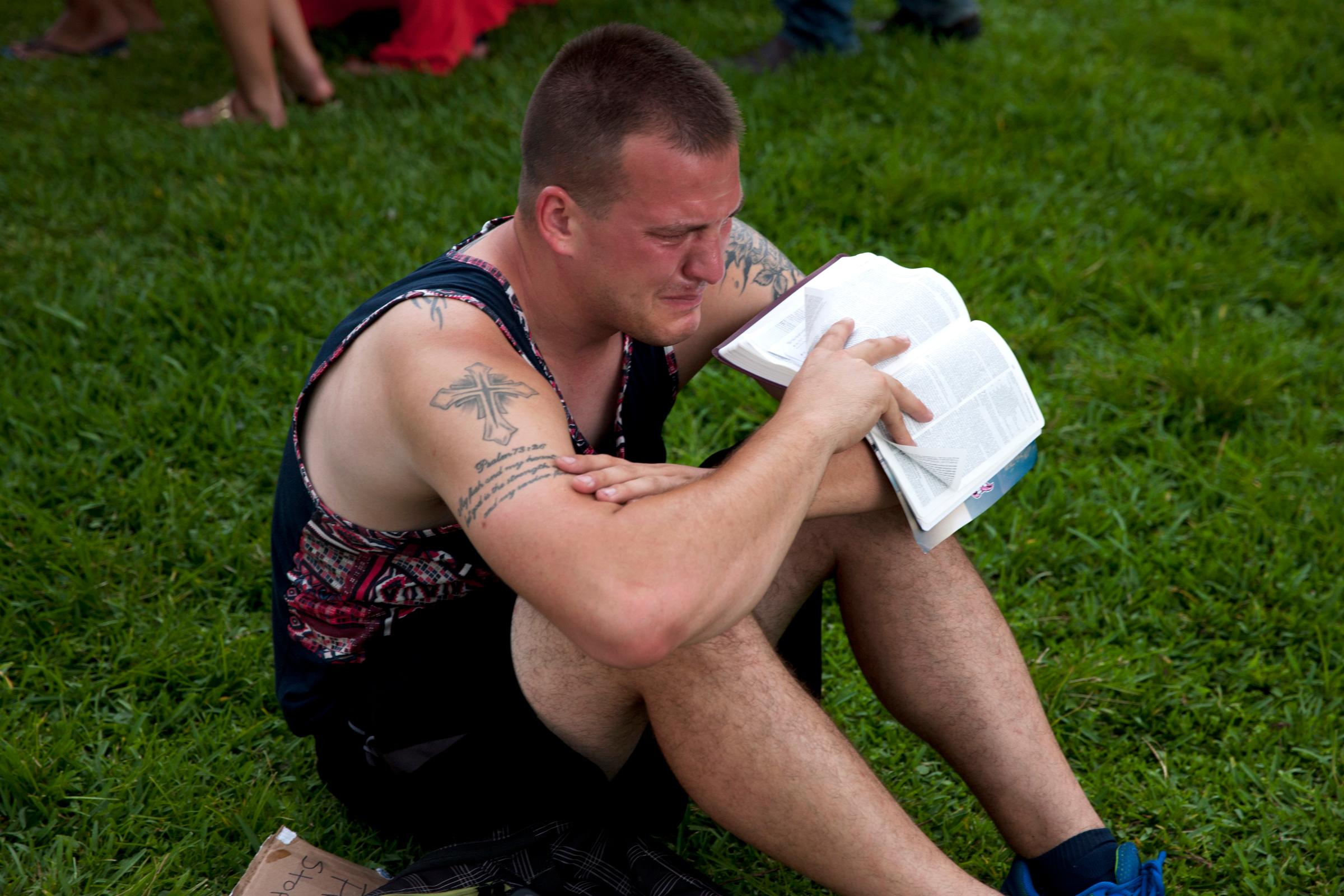
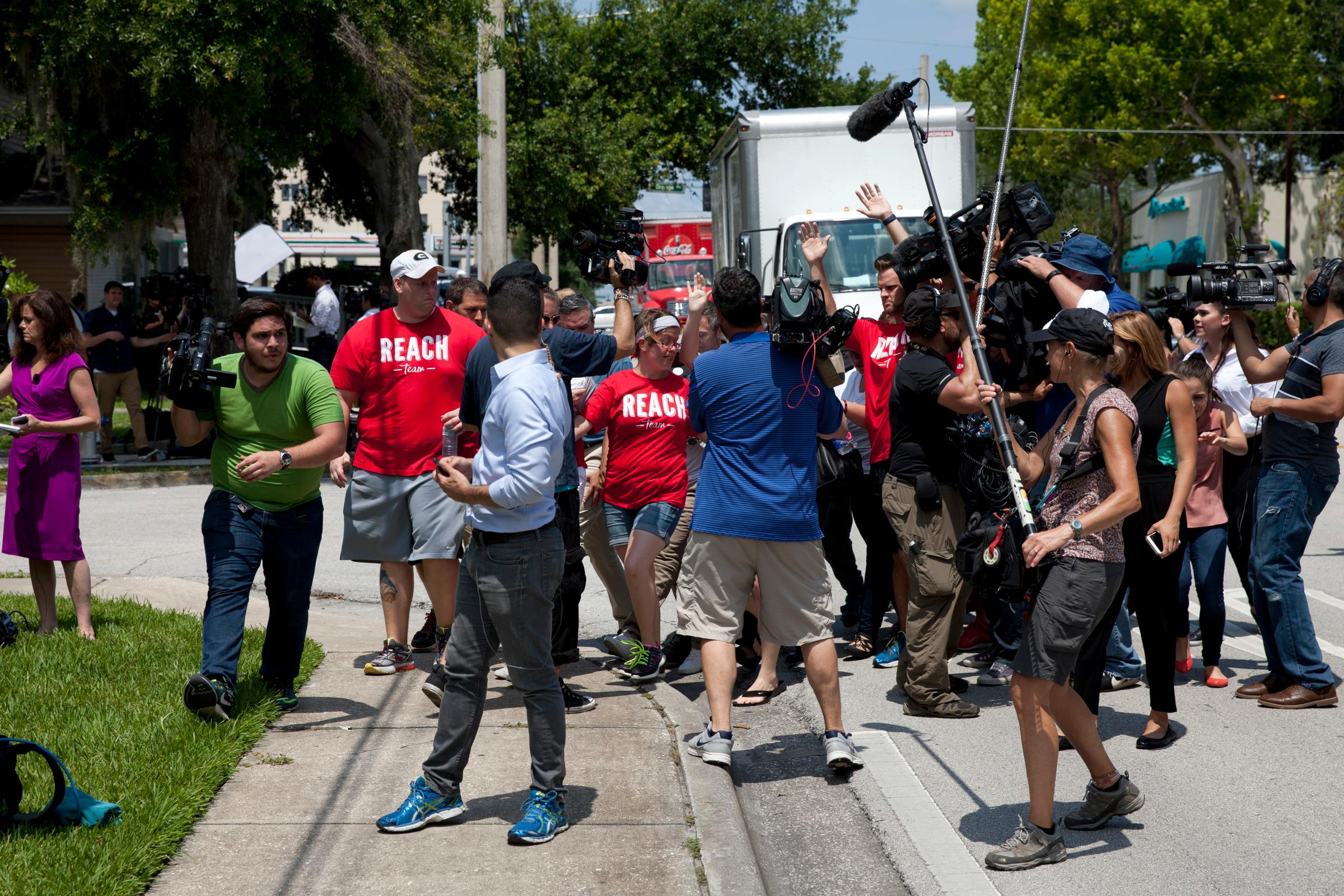
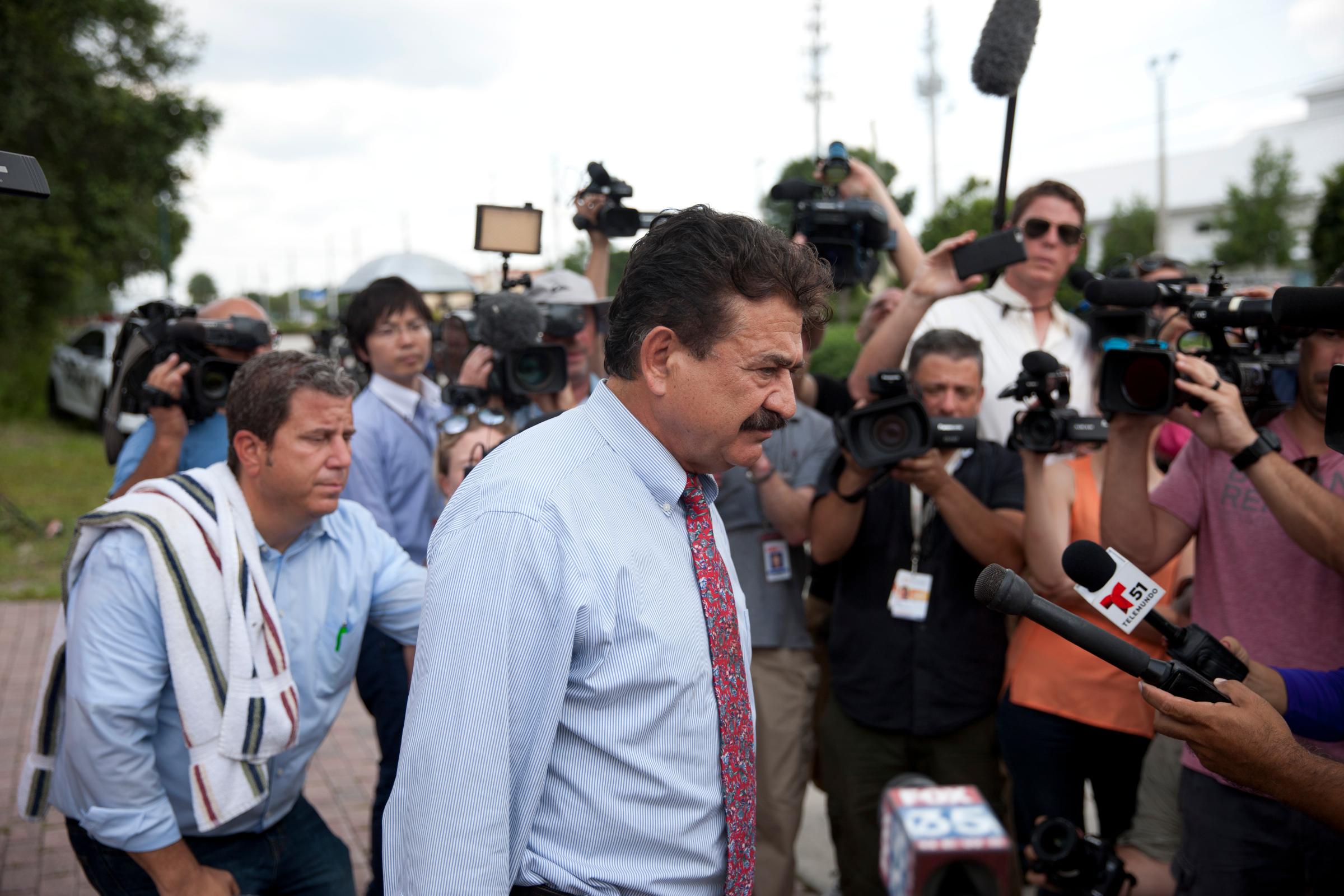
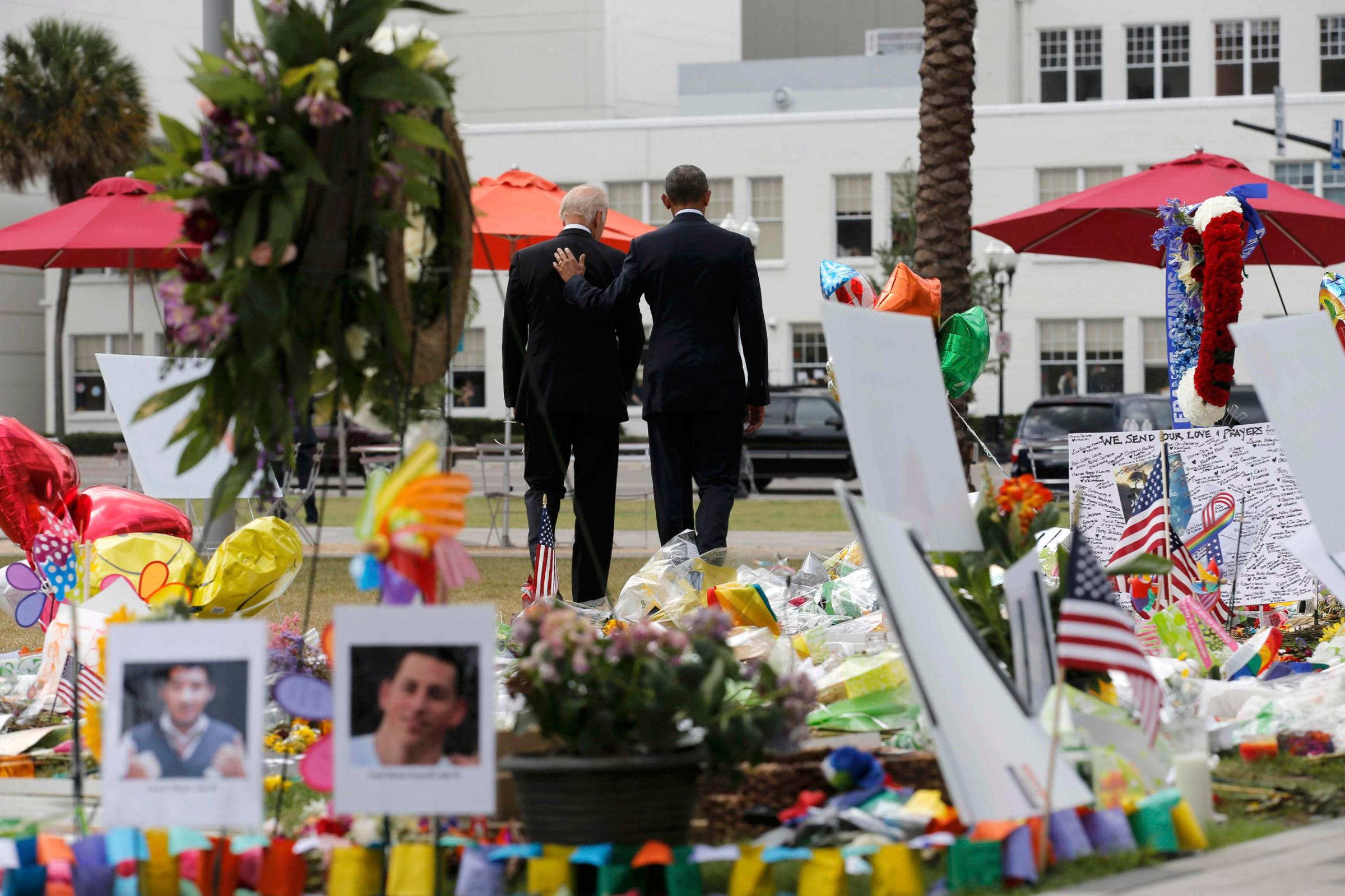
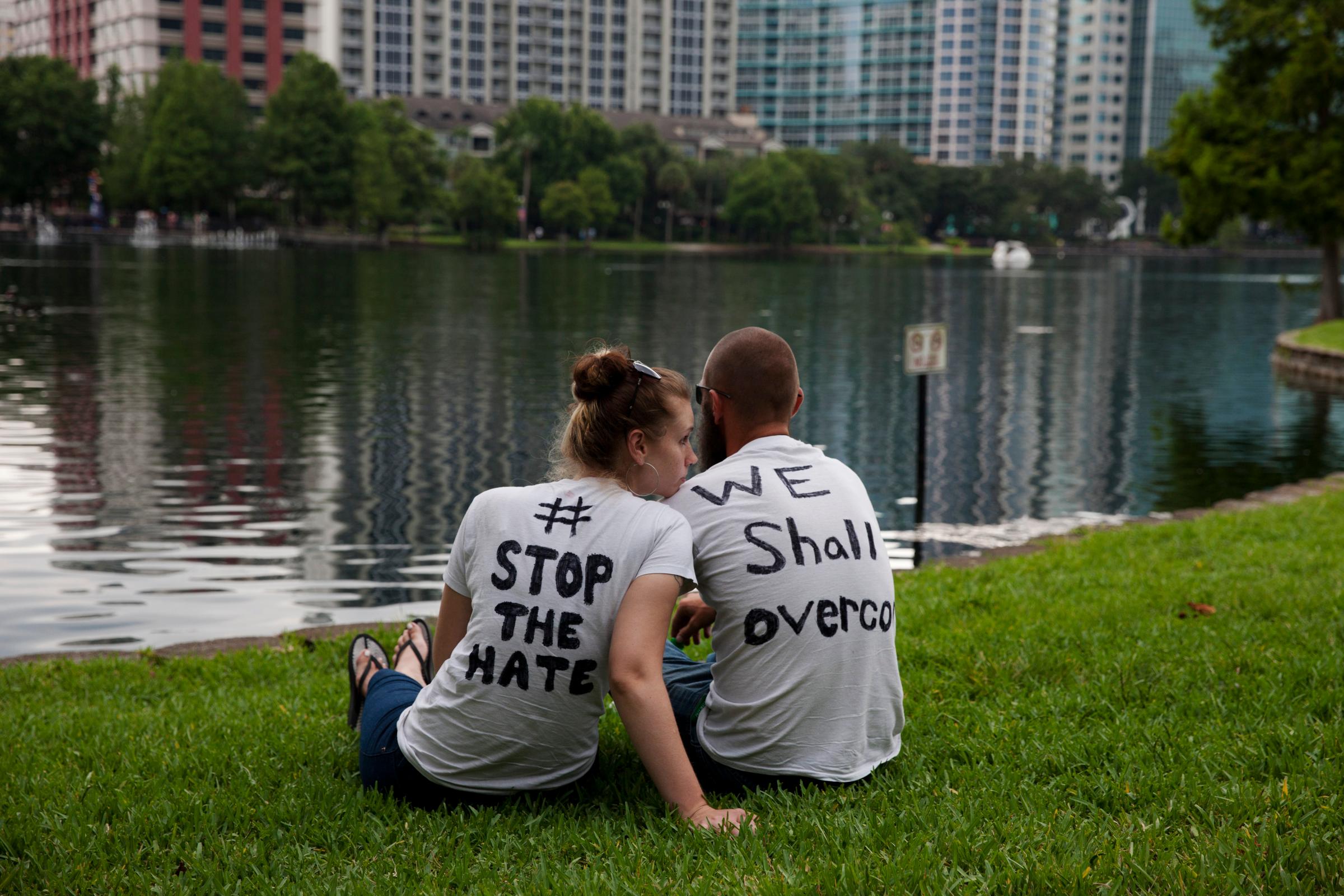
The senseless deaths of 12 moviegoers in a theater in Colorado. The senseless deaths of 26 children and adults in an elementary school in Connecticut. The senseless deaths of nine churchgoers in a black church in South Carolina. The senseless deaths of 14 state employees in a health center in California. The senseless deaths of 49 patrons in a gay nightclub in Florida. The senseless deaths of many more to come.
The only thing that truly unites mass shootings is that each one should be too much to bear.
Correction: The original version of this story incorrectly described the gun used in the Orlando shooting. It was a Sig Sauer MCX, a semiautomatic assault style rifle that is similar in appearance and capabilities to the better-known AR-15.
More Must-Reads from TIME
- How Donald Trump Won
- The Best Inventions of 2024
- Why Sleep Is the Key to Living Longer
- Robert Zemeckis Just Wants to Move You
- How to Break 8 Toxic Communication Habits
- Nicola Coughlan Bet on Herself—And Won
- Why Vinegar Is So Good for You
- Meet TIME's Newest Class of Next Generation Leaders
Contact us at letters@time.com